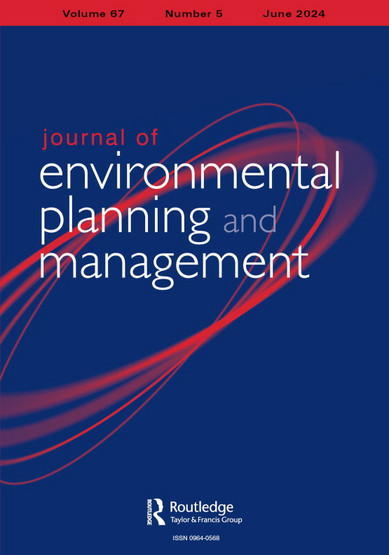Main Content
Article on Urban Resilience
Cities in the "Gloal South" are More Proactive

Cities need to prepare themselves for threats such as heatwaves and floods, in other words: become more resilient. But there are different ways of thinking about resilience. A new article looks at cities that are involved in a global network for resilience and compares cities in the "Global North" and the "Global South". The result: there are many similarities. However, there are differences as to whether resilience is seen more as a defence of the status quo or as a path to transformation.
Sustainability and resilience - against extreme weather events, for example - are key issues in urban development around the world today. In their article "Resilience and the Sustainable Development Goals", Elisa Kochskämper and Wolfgang Haupt from the "Urban Sustainability Transformations" Research Group, together with Lisa-Maria Glass, Shirin Malekpour and Jarrod Grainger-Brown, take a look at the 100 Resilient Cities Network. Cities that belong to this global network pursue a common approach to identify their most pressing resilience and sustainability problems and develop corresponding strategies. They involve the public in this process. The authors analysed the strategies of 30 network cities to determine what they say about resilience and sustainability.
They came to the conclusion that cities in the "Global North" tend to orientate their resilience strategies towards maintaining the status quo. For example, they improve flood protection without striving for a fundamental ecological or economic transformation. This approach is at odds with the idea of sustainability. Cities in the "Global South" tend to understand resilience as a path to transformation and therefore align it better with the goal of sustainability. This finding is all the more significant as the international scientific debate on urban resilience has so far been dominated by cities of the "Global North". What all cities studied have in common is that they prioritise economic and social sustainability goals and are improving their overall commitment to sustainability.
The article appeared as an open access publication in the "Journal of Environmental Management and Planning" and was written as part of the IRS lead project "Critical Infrastructures. The Political Construction, Spatiality and Governance of Criticality".

